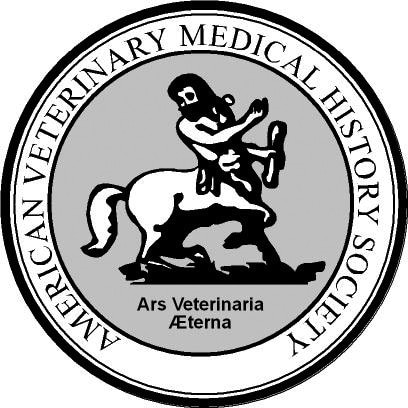I first heard exhibit designer Craig Kerger use the term “galleries of thought” to describe the successive spaces that lead visitors through an interpretive experience. Whether by design or by accident, often those spaces are organized according to what might be called default concepts: category and chronology.
Military uniforms, obsolete business machines, tea-party china, branding irons, cameras are examples of categories of objects. Remember: the fact that you find a category of objects fascinating doesn’t mean those objects will automatically appeal to visitors.
Think about how you first fell in love with branding irons, 1920s dresses, or butterflies. Then think up ways to offer your visitors a similar opportunity. For example, invite visitors to compare and contrast similar objects. How are 10,000-year-old sagebrush bark sandals like today’s plastic flip-flops? How are they different?
Does your exhibit storyline have a beginning, middle, and end? If so, you may decide to organize the content along a timeline. Warning: some people demand a timeline because they feel lost without it. Others find that timelines make their eyes glaze over.
An alternative solution to the time issue is to contrast “then and now.” What was the floor plan of a typical family home in the 19th century and today? When did men wear beards and when did they shave them off?
In his essay “The Aims of Education,” philosopher/mathematician Alfred North Whitehead described his theory of learning. As far as I know, Professor Whitehead didn’t test his theory; but it is consistent with ideas of Piaget and Montessori about how children learn. Whitehead posited that at any age, you can’t learn anything unless you first fall in love with the subject. He called this the stage of romance. And when you fall in love with your life partner, or initiate a deep friendship, everything about that person becomes interesting and memorable to you, no matter how trivial. Whitehead called this sponge-like ability to absorb facts the stage of precision. From this encounter, you glean big ideas that carry over into the rest of your life; Whitehead called this phenomenon the stage of generalization.
Where would you put your chips, in terms of exhibit development? Clearly, romance is the portal that makes learning possible. And when visitors embark on a museum visit, they are looking for romance. It’s up to us to help them get in the mood!
What amazing objects, juicy facts, and hair-raising stories lie hidden in your collections and even in your exhibit galleries, longing for their moment in the spotlight? The search for romance is one of the most amusing––and amazing––aspects of the exhibit planning process.
Learn more about adding romance to your museum at the AASLH Exhibit Makeovers workshop in Nashville, TN on March 3-4. Register by January 27 and save $40!
Alice Parman is a Museum Consultant and Organizational Coach in Eugene, OR. She also serves as faculty for AASLH’s Exhibit Makeovers workshop and co-authored the book Exhibit Makeovers: Do-It-Yourself Workbook for Small Museums.




